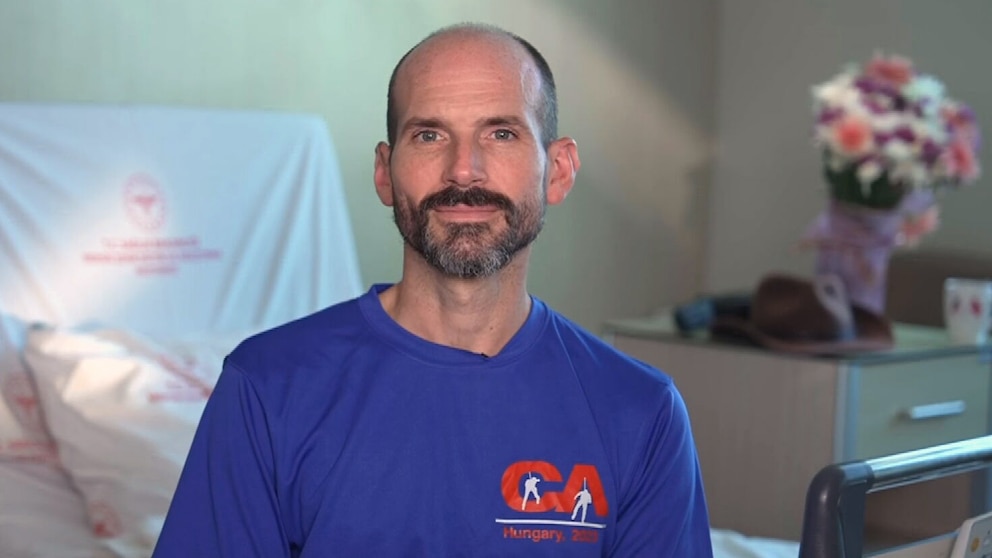LONDON — American caver Mark Dickey said he could tell he was “pretty close to fading” after he fell ill while on an expedition to map a 4,186-foot-deep cave system in southern Turkey.
“There’s not that much that you tell yourself. You kind of just survive,” Dickey recalled during an interview Thursday with ABC News on “Good Morning America.”
The 40-year-old New Jersey native and New York resident was more than 3,400 feet below the surface inside the Morca Cave in the Taurus Mountains on Aug. 31 when he “suddenly became ill with intestinal problems that rapidly progressed into life-threatening bleeding and vomiting,” according to the New Jersey Initial Response Team, a group of volunteers led by Dickey who specialize in cave and mine rescues.
Dickey’s fiancée and fellow caver, Jessica Van Ord, said she had a difficult decision to make — stay by his side to take care of him or go find help. But Van Ord, who is a paramedic, said she “knew immediately” that Dickey had internal bleeding based on his symptoms and recalled giving him “one last hug” before she left.
“I knew we had to get the ball rolling if there was going to be a rescue and to have treatment started,” Van Ord told ABC News in an earlier interview on Wednesday.

Rescuers gather around a radio in Morca Cave, as they take part in a rescue operation to reach U.S. caver Mark Dickey who fell ill and became trapped some 1,000 meters (3,280 ft) underground, near Anamur in Mersin province, southern Turkey, Sept. 7, 2023.
Agnes Berentes via Reuters
Van Ord made the harrowing, hourslong climb to the surface and alerted authorities about Dickey’s predicament on Sept. 2. The call to help him went out from the European Cave Rescue Association that same day and hundreds of aid works from various countries responded.
A rescue team that included medical staff began an evacuation late last week, after Dickey’s condition improved enough to move him. Volunteers had previously worked to clear a path to the surface.
Rescuers carried Dickey on a stretcher out of the cave, resting at planned stops along the way. He was extracted from the cave at around 12:37 a.m. local time on Sept. 12, according to the Turkish Caving Federation, which described the dramatic operation as “successful.”
Dickey said he knew some of the rescuers and that he didn’t doubt they would hoist him to safety.
“Once we started moving, it happened a lot faster than I expected,” he told ABC News. “Man, I was happy to get to the surface and see those stars and smell the fresh air.”

Members of the CNSAS, Italian alpine and speleological rescuers, carry a stretcher with American researcher Mark Dickey during a rescue operation in the Morca cave, near Anamur, southern Turkey, Sept. 11, 2023.
CNSAS/AP
Dickey was subsequently hospitalized in intensive care in the southern port city of Mersin for further examination and observation. He was in stable condition at the time, according to Turkish authorities.
Dickey said he now feels “fantastic” but remains in the hospital in Mersin as doctors continue to conduct tests to determine what caused his illness.
“Every single day, I am getting a little bit stronger,” he told ABC News.
Dickey said he’s “alive because of the rescuers,” whom he called “heroes,” but also credited his fiancée with “initially” saving his life.
“She saved my life, period,” he added. “She is one hell of a woman, one hell of a caver, one hell of a rescuer, one hell of a paramedic.”

